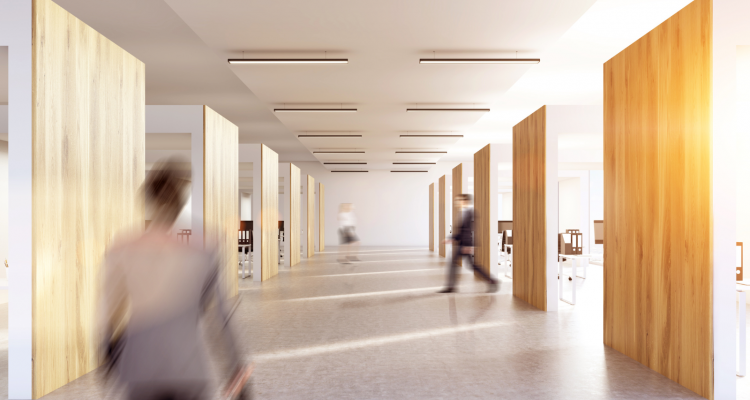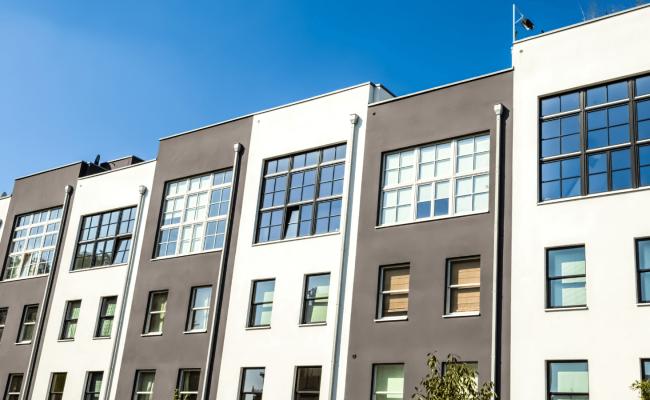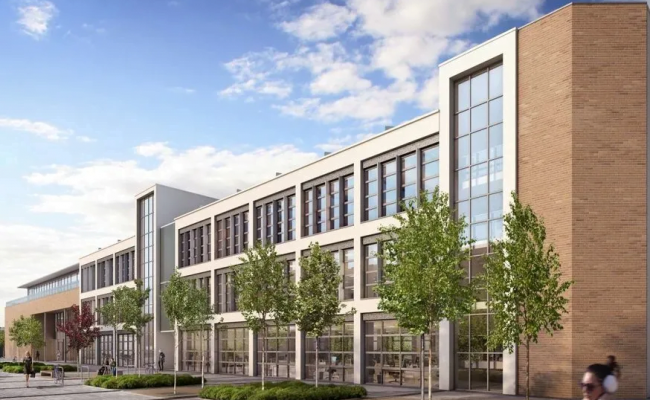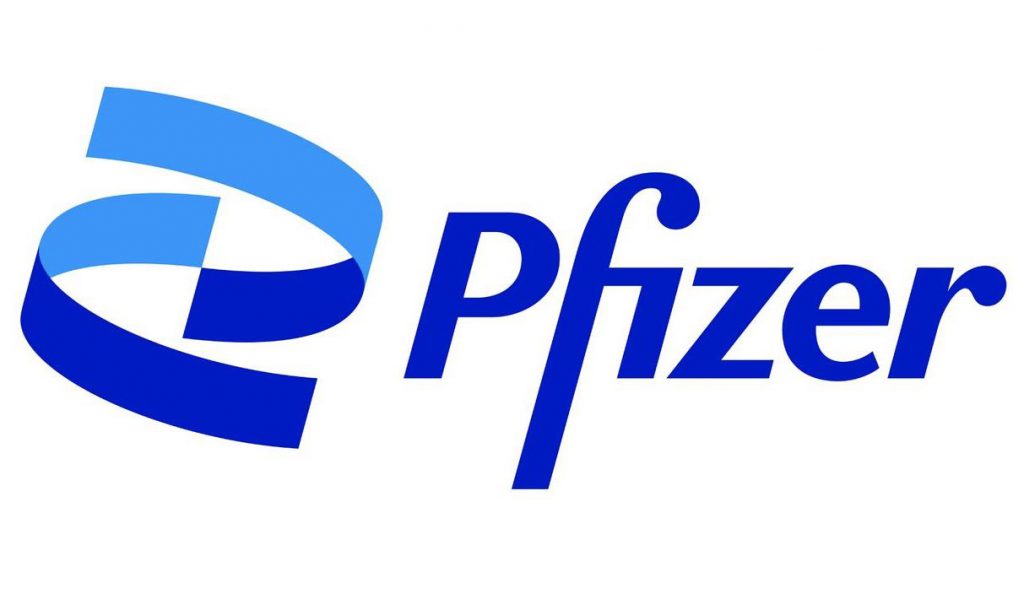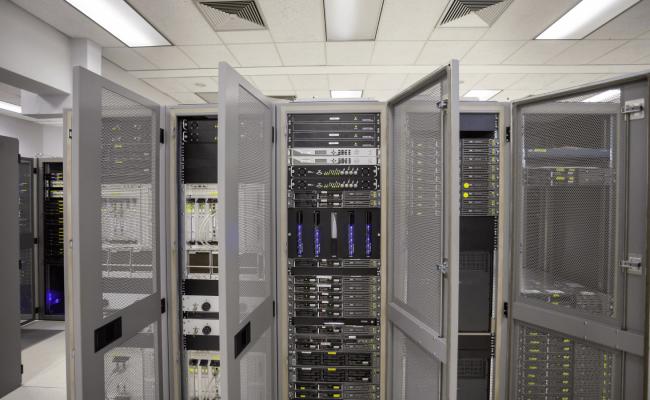There is an increasing demand from building users for safe, healthy, and efficient buildings which meet the needs of those who occupy them. This demand to demonstrate better building performance includes health and well-being as well as carbon, energy, and waste reduction. Advanced Energy Modelling is helping us to design buildings that cater to these demands.
Advanced Energy Modelling
Advanced Energy Modelling goes beyond building regulations to precisely detail the predicted end-use of each energy consumer within a building, across a year. This has significant value to the user and client by enabling building energy targets to be tracked against actual usage, highlighting the ‘performance gap’ and identifying opportunities for improvement.
Design for Performance
Our sustainability team uses this approach for ASHRAE 90.1 PRM LEED Energy Modelling. We are also applying this approach to an innovative new scheme in the UK called Design for Performance (DFP) which is based on the highly successful Australian NABERS rating system. The National Australian Built Environment Rating System (NABERS) measures the true environmental performance of Australian buildings. For over 20 years, it has helped Australian businesses and governments demonstrate their commitment to saving.
The Design for Performance (DFP) initiative is an industry-funded and backed project established to tackle the performance gap and provide an approach, based on measurable performance outcomes, to ensure new office developments deliver on their design intent.

Computational Fluid Dynamics (CFD)
Computational Fluid Dynamics (CFD) models track the level of airflow within a space and are an excellent tool for predicting HVAC performance. It uses applied mathematics, physics, and computational software to visualise how a gas or liquid flows – as well as how the gas or liquid affects objects it encounters.
Our sustainability team assesses critical aspects such as occupant comfort, air mixing, and air distribution for a vast range of spaces and buildings. This is particularly important in atria, swimming pools, auditoriums, sports halls, and other facilities where large groups of people congregate for extended periods of time. By helping to identify inequalities in the distribution of air around a building, CFD can highlight opportunities for improving HVAC efficiency as well as improving overall air quality.


